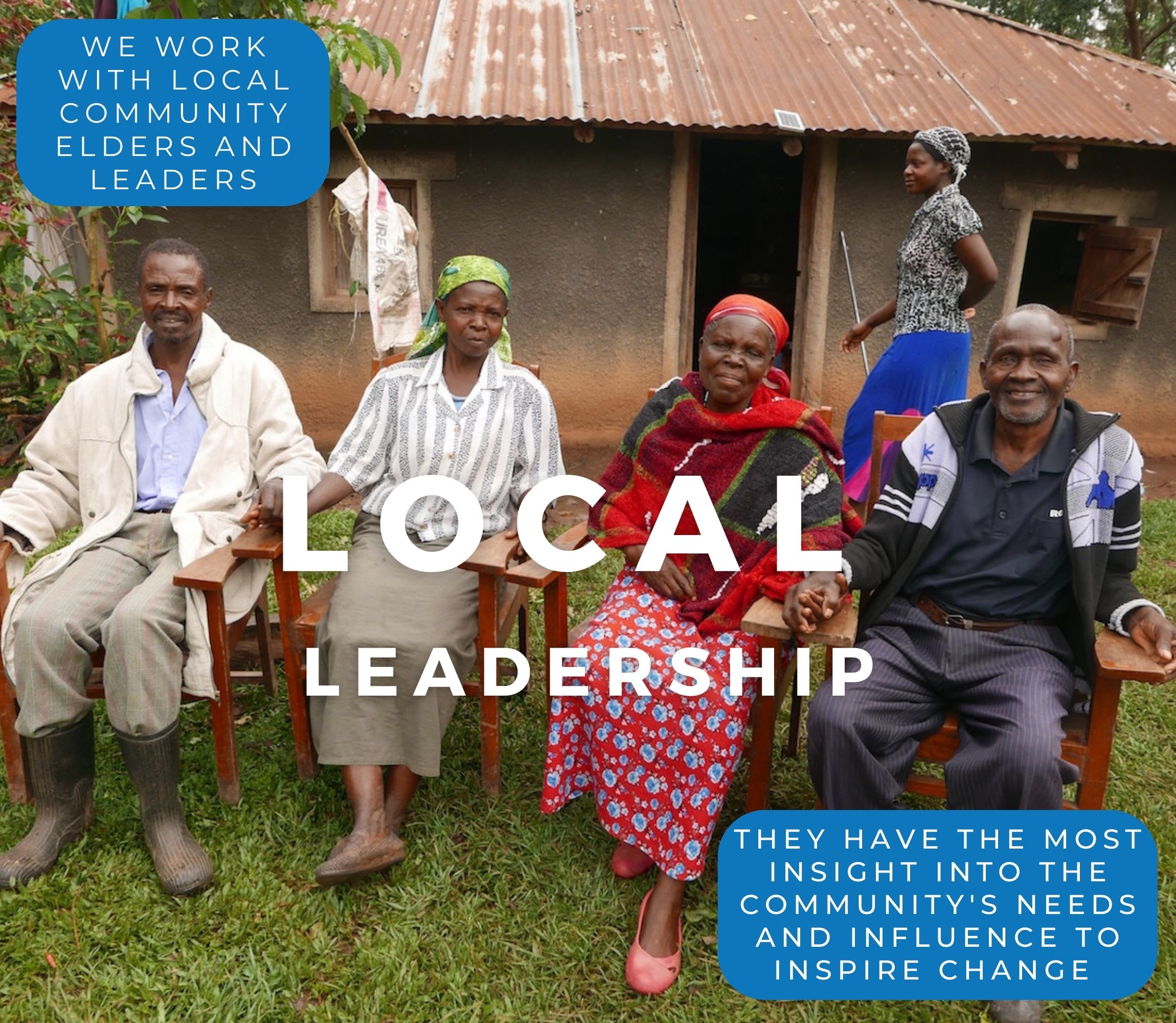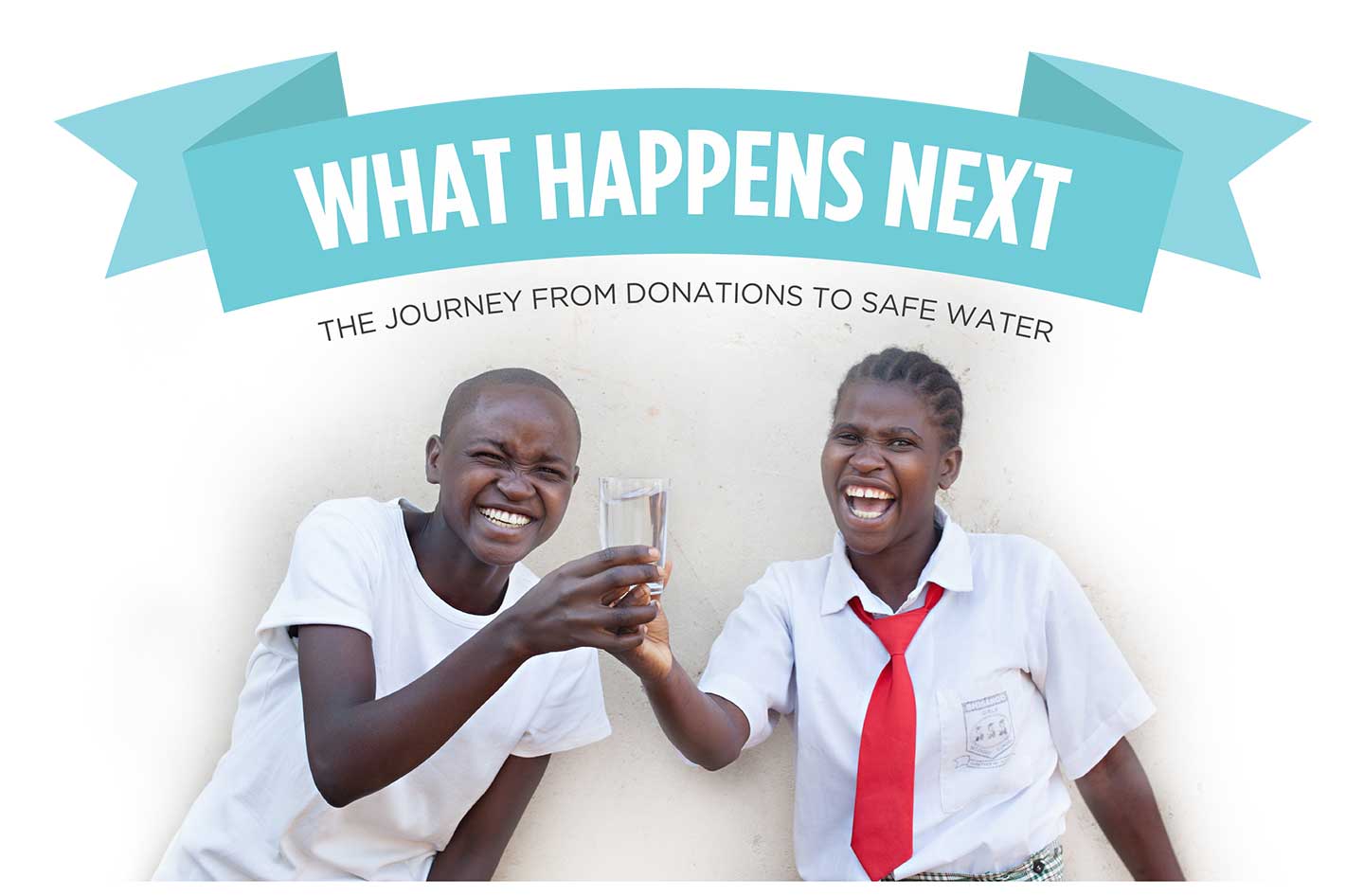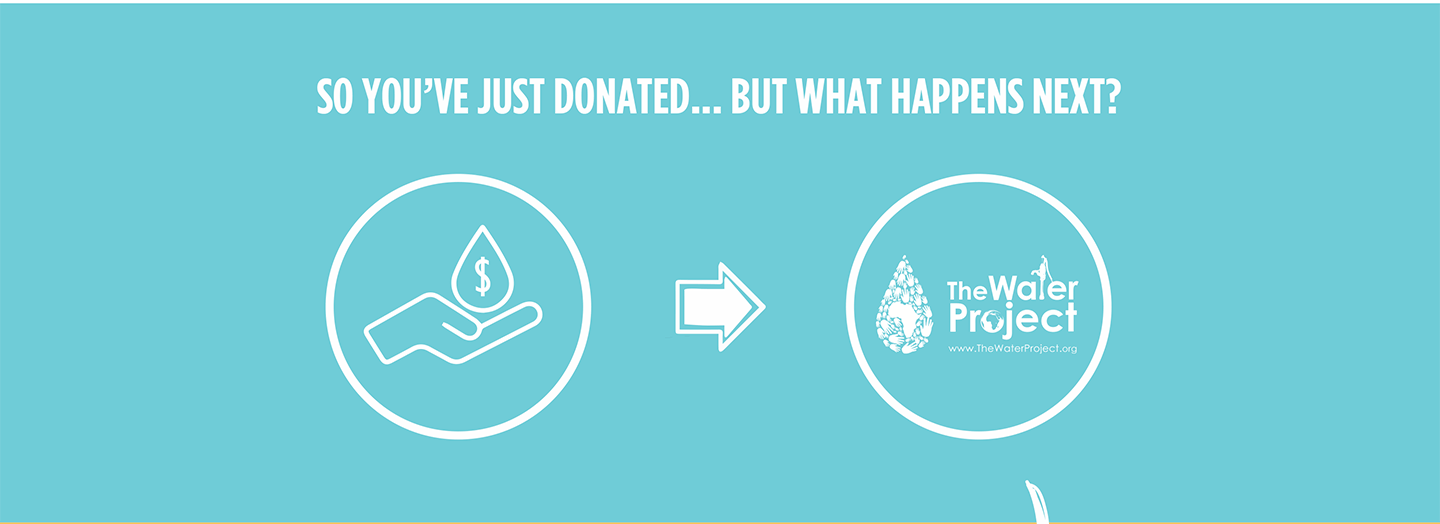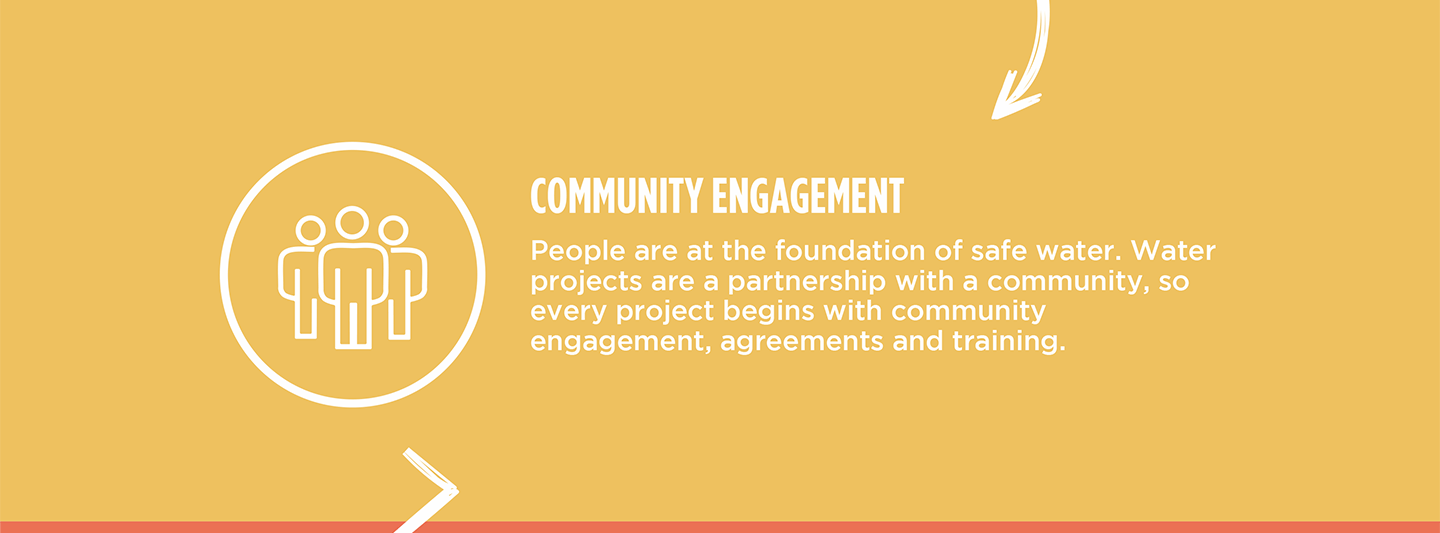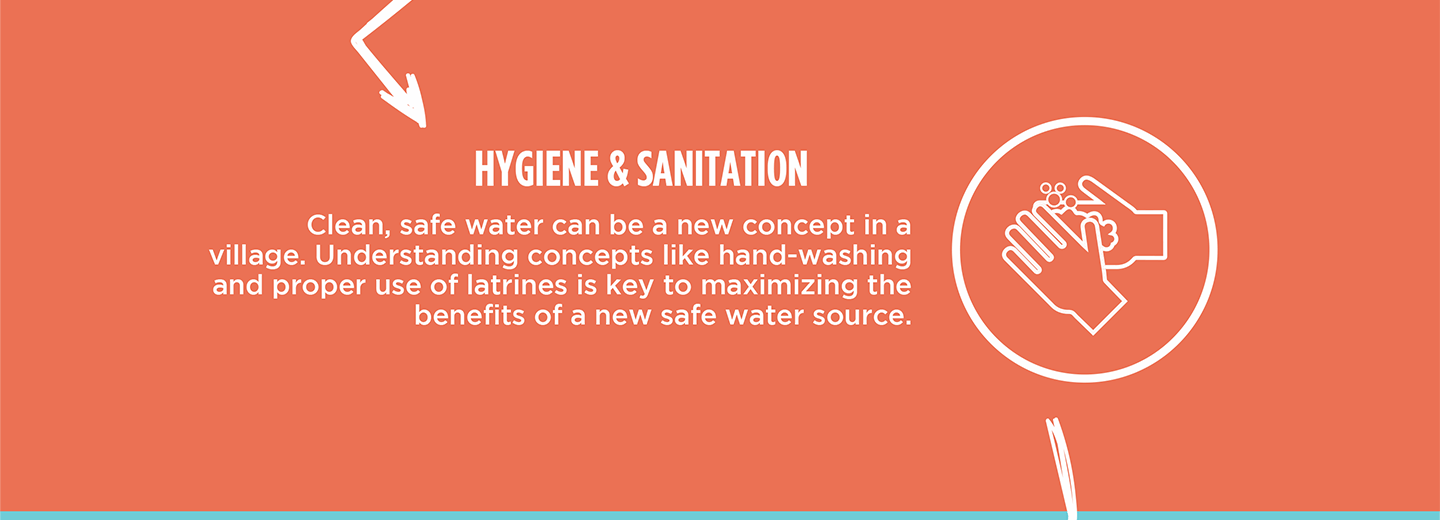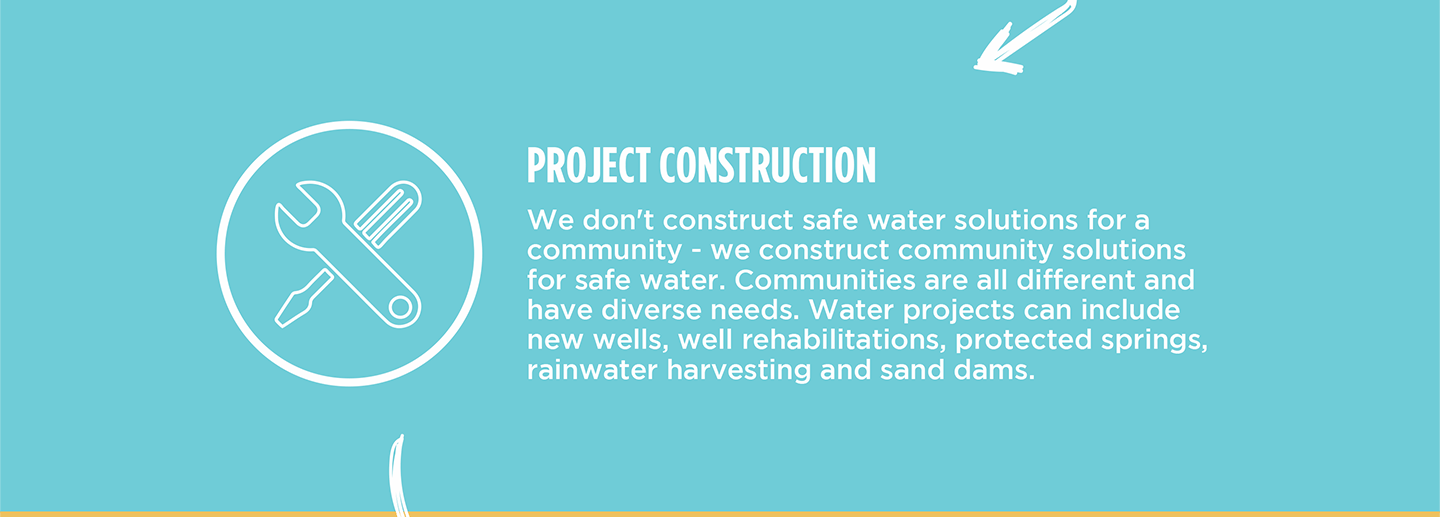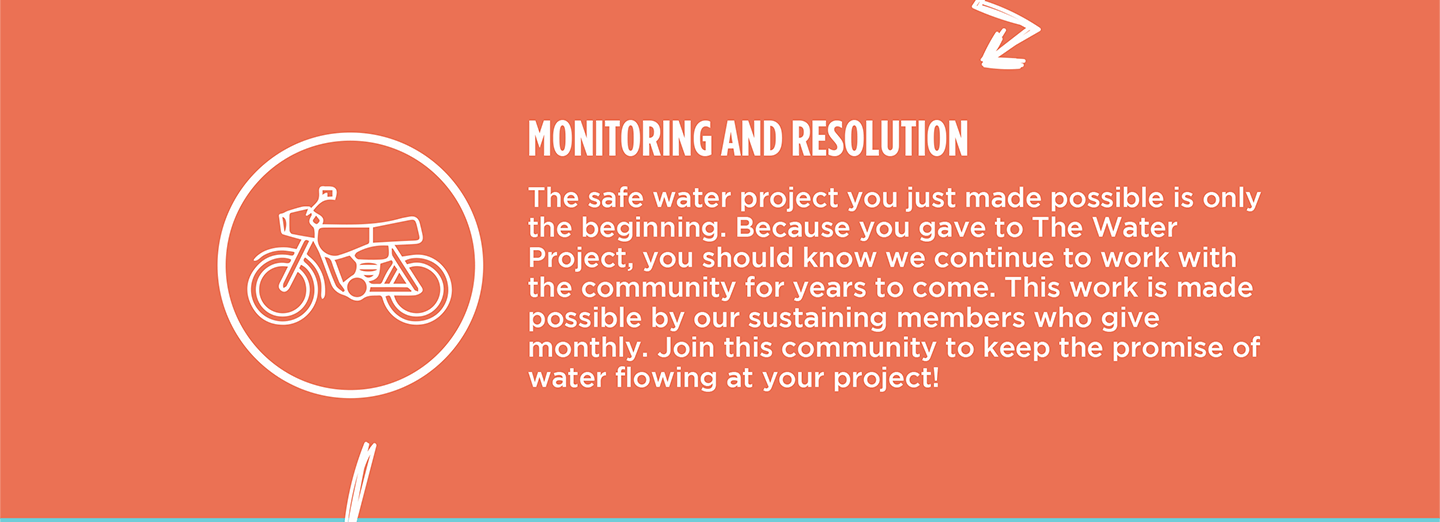This project is being implemented by our partner African Sand Dam Foundation, and includes the construction of a sand dam.
Kithaayoni self help group started in 2012. The group has a membership of 36. The group was started for the purpose of searching water and conserving the environment and poverty reduction. The group member’s main current sources of livelihood are:
- Subsistence farming
- Livestock keeping
- Poultry keeping
CHALLENGES TO DEVELOPMENT
Water insecurity
Group main water sources are Kwa ndeti earth dam, Muuo wa kimaani borehole, Kwa musele earth dam and Athi river. The distances of these 3.5 km, 3.5 km, 3km and 12km respectively. One takes 4-5 hours to fetch water during the dry period. The earth dams dry during this period hence we rely on the borehole and river Athi . At the borehole a 20 litre jerrican is sold ksh 6 which is not affordable to most of the community members. There long queues at the borehole hence forces others opt to fetch water from Athi river. The livestock are severely affected by water shortage because the distance to is river Athi which is far hence they skip some days without water. This makes some of them to die and others have poor health. During this dry period low hygienic standards are experienced because people fetch water for drinking and cooking. Also school attendance drops if the children fail to take water to school.
Food Security
The farmers are practising some farming practises such as intercropping, laying of terraces and use of manure in their farms. The following are the various crops they grow: maize, beans, cowpeas, dolichus, finger millet, sorghum, green grams and pigeon peas. Food security is low in this area and this is attributed to the following reasons.
- Late planting. This has been caused by lack of timely access to seeds to plant. With small harvest people are not able to store some as seeds because they consume them.
- Poor rainfall. For over the last four years more so we have been experiencing low rainfall in the area hence having poor harvest.
- Poor seeds quality. For example like maize the seeds which we bought from the market were not drought resistant hence they needed a lot of rainfall
- Poor farming practices. The terraces are of low standard because washed away by rain water hence degrading soil quality in our farms.
Environmental Conservation
The farmers have planted the following trees in their farms: neem, eucalyptus and mango tree. Our main challenge to tree planting is lack of water and termite infestation and water problem.
Future Plans
- Constructing sand dam. Sand dams will help us to solve water problem in the area. We use the water to plant vegetable for sale hence improving our income levels and save money for buying the vegetables.
- Dairy goat project. This goats will enable us to increase milk production in our homes
- Seed support. This will enable us have enough and quality seeds hence there will no late planting.
- Tools support. They will enable us to dig us to lay more terraces in our farms.
SAND DAM PROGRESS/UPDATE REPORT
The Kithaayoni sand dam is a dream come true for the members of this group in their unwavering efforts to put-up structures in place to ensure that rainwater is harvested and stored within the community. The community had been preparing for the construction of their sand dam way before the start of the year in 2013 by agreeing on the site and starting to put together the local materials needed for the construction of the dam. The actual construction of the sand dam started early May 2013 with the trenching of the foundations to ensure that it went onto a firm base (to ensure sustainability for the next 60 years). It took the community a little longer to complete the dam because there were not enough local building materials available and therefore the community had to temporarily halt construction of the dam. The sand dam was completed on the 12th July 2013.
 Sand Dam
Sand Dam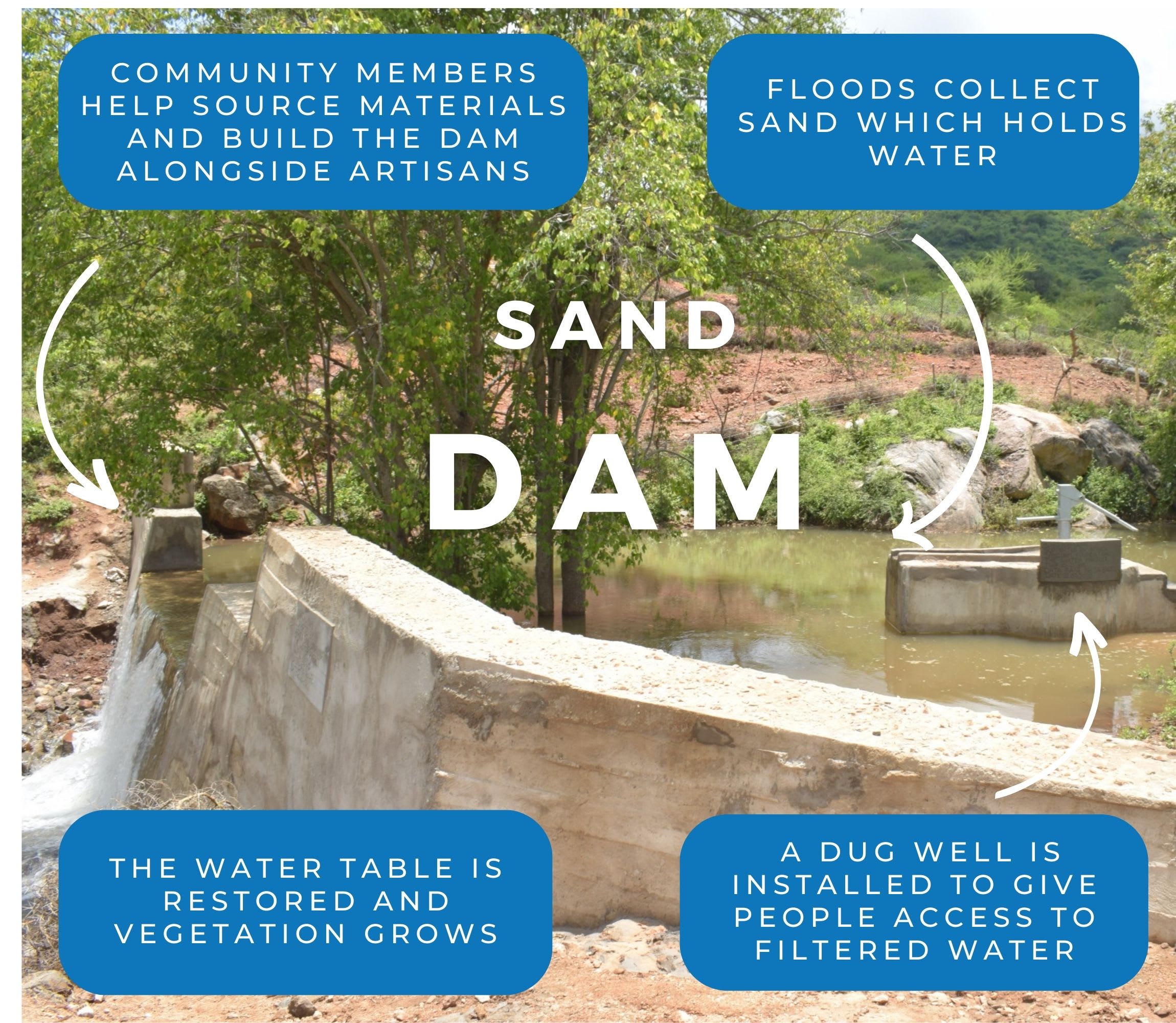
 Rehabilitation Project
Rehabilitation Project

